The Skimmer is an odd-looking seabird that uses an interesting feeding method. This bird flies very low over the surface of the ocean, and dip its specially-shaped beak into the water while flying, or “skimming” the water.
There are three different species of these birds, in the same taxonomic genus Rynchops. The three species are the Black Skimmer, the African Skimmer, and the Indian Skimmer. Read on to learn about the Skimmer.
Description of the Skimmer
These birds all share a single distinguishing characteristic, their odd bills. Skimmers all have severe, and purposeful, underbites. Their lower jaws are noticeably longer than their upper jaws, which allows them to skim along the surface of the water and scoop up small prey.
All three species are similar looking, with black plumage on their upper sides, and white on their undersides. Most individuals are about 18 in. long, and weigh about 10 oz. or so.
Interesting Facts About the Skimmer
These are definitely interesting-looking birds. They have a number of other, less conspicuous, adaptations and traits, learn more below.
- What’s in a Name – Obviously this bird’s bill, and behavior with that bill, is the basis behind its name. It even has a few different nicknames, also related to their beaks, including “razorbill,” “scissor-bill,” “cutwater,” and more.
- You’ll Grow Into It – If you look at a Skimmer chick when the parent isn’t around, you might have a difficult time identifying what it is! That’s because when these birds are young, their bills are “normal” shaped. It isn’t until the chick is about a month old that its bill gains the characteristic underbite.
- Social Birds – Skimmers usually live in flocks, both outside and inside the breeding season. However, during the breeding season neighbors become somewhat hostile towards one another. The pairs develop territories, albeit small, around their nests within the breeding colonies.
- Group Benefits – Living in a flock has its downsides, but those are definitely outweighed by the benefits. While birds in a flock are easier for predators to spot, they also have more pairs of eyes to spot predators with. When one bird sees a predator, it alerts the entire flock and all the birds fly away at once.
Habitat of the Skimmer
All three species of these birds share similar habitat preferences. They are oceanic birds, and feed by skimming over the surface of the sea. All of the species prefer warmer seas, and live in tropical or subtropical regions. Most stay near the coastlines, and rest on beaches, sand bars, tide pools, and saltmarshes. They also hunt in bays, rivers, saltmarshes, and estuaries.
Distribution of the Skimmer
The different species have different distributions and ranges. The Black Skimmer lives along the coasts of North and Central America, and also lives throughout much of South America into the Amazon River Basin.
The African Skimmer lives along the coasts and water bodies of Africa. Finally, the Indian Skimmer lives throughout the coasts of India and Southeast Asia. Some species are more widespread, while others only live in small, patchy areas.
Diet of the Skimmer
Skimmers are primarily piscivores, which means they mostly eat fish. They usually hunt small fish that are easier to scoop into their mouth with their bill. Some of the different fish they eat include menhaden, anchovy, bluefish, mullet, and killifish. They also eat squid, shrimp, insects, crabs, and other small marine creatures.
These birds hunt by flying low over the water, and dipping their sharp lower jaw beneath the water as they fly. As they fly, they feel for prey hitting the lower bill, and snatch it up into their mouths.
Skimmer and Human Interaction
Humans impact the three species of Skimmers to various extents. The IUCN lists the African species as Near Threatened, the Black species as Least Concern, and the Indian species as Vulnerable. The primary threat to all three species, of which all populations are currently declining, is habitat destruction. Overfishing, pollution, boat traffic, and invasive species all negatively impact these birds.
Domestication
Humans have not domesticated Skimmers in any way.
Does the Skimmer Make a Good Pet
No, these birds do not make good pets. They are wild birds, and do not like interacting with humans. They also eat a diet primarily consisting of fish, and fish smells worse coming out the other end than it does going down! It is also illegal to own one of these birds as a pet in most places.
Skimmer Care
In zoos, these birds usually live in enclosures with other seabirds. As is likely the case with the other seabirds in the exhibit, Skimmers in zoos usually live there because they can no longer survive in the wild.
When wild birds become injured, either by feral animals, fishing line, or other causes, and cannot survive in the wild anymore, zoos and aquariums provide them with a safe home and plenty of free food. Zookeepers feed these birds small fish, squid, shrimp, krill, and other seafood.
Behavior of the Skimmer
These birds are most active during dawn and dusk, which makes them crepuscular. They also hunt at night, though less frequently. These birds can hunt in lower light because they use their bills to feel prey as they fly rather than their eyesight.
They spend most of their time skimming along the surface in search of prey, or resting in flocks on the beach, along mud flats, and more.
Reproduction of the Skimmer
Like most seabirds, these birds reproduce in large flocks known as colonies. Males attempt to woo their mates by bringing them a fish. Once a pair has established, the female lays four or five eggs, and both parents incubate the eggs.
Incubation lasts about three or four weeks, and the chicks begin learning to fly when they are around a month old. The young become independent soon after they learn to fly.

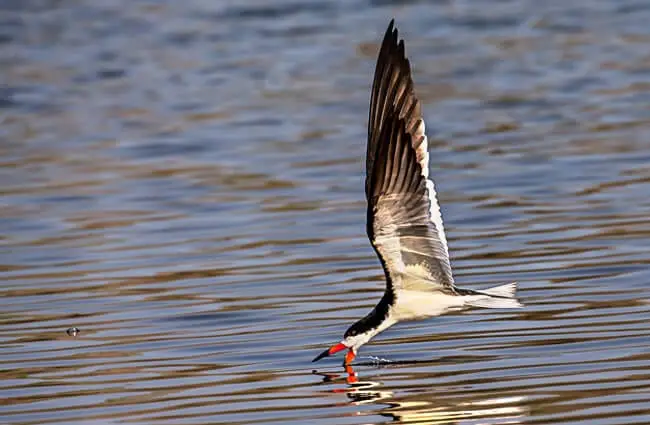
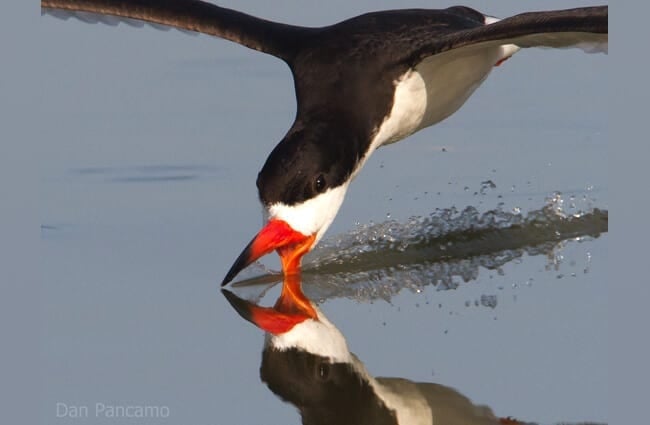
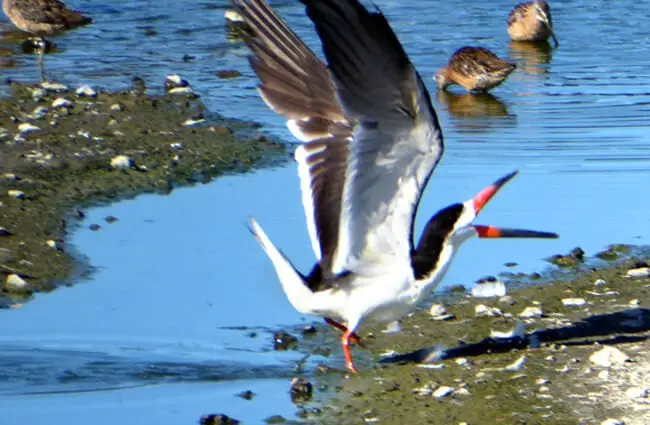

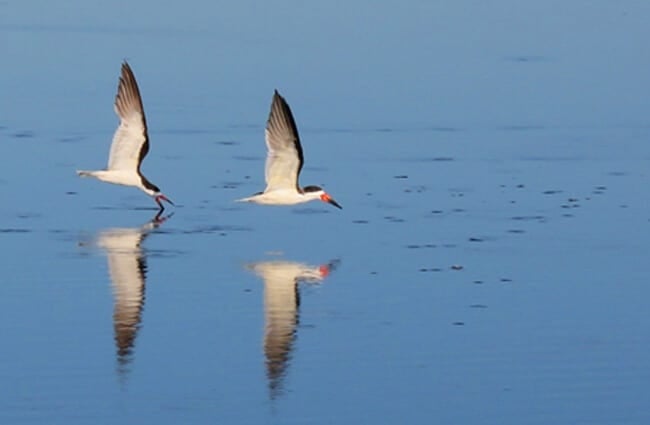


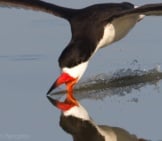


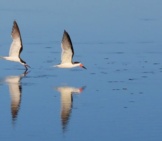
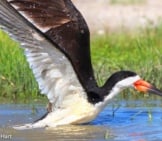
![Red Angus Closeup of a beautiful Red Angus cowPhoto by: U.S. Department of Agriculture [pubic domain]https://creativecommons.org/licenses/by/2.0/](https://animals.net/wp-content/uploads/2020/03/Red-Angus-4-238x178.jpg)












![Red Angus Closeup of a beautiful Red Angus cowPhoto by: U.S. Department of Agriculture [pubic domain]https://creativecommons.org/licenses/by/2.0/](https://animals.net/wp-content/uploads/2020/03/Red-Angus-4-100x75.jpg)

